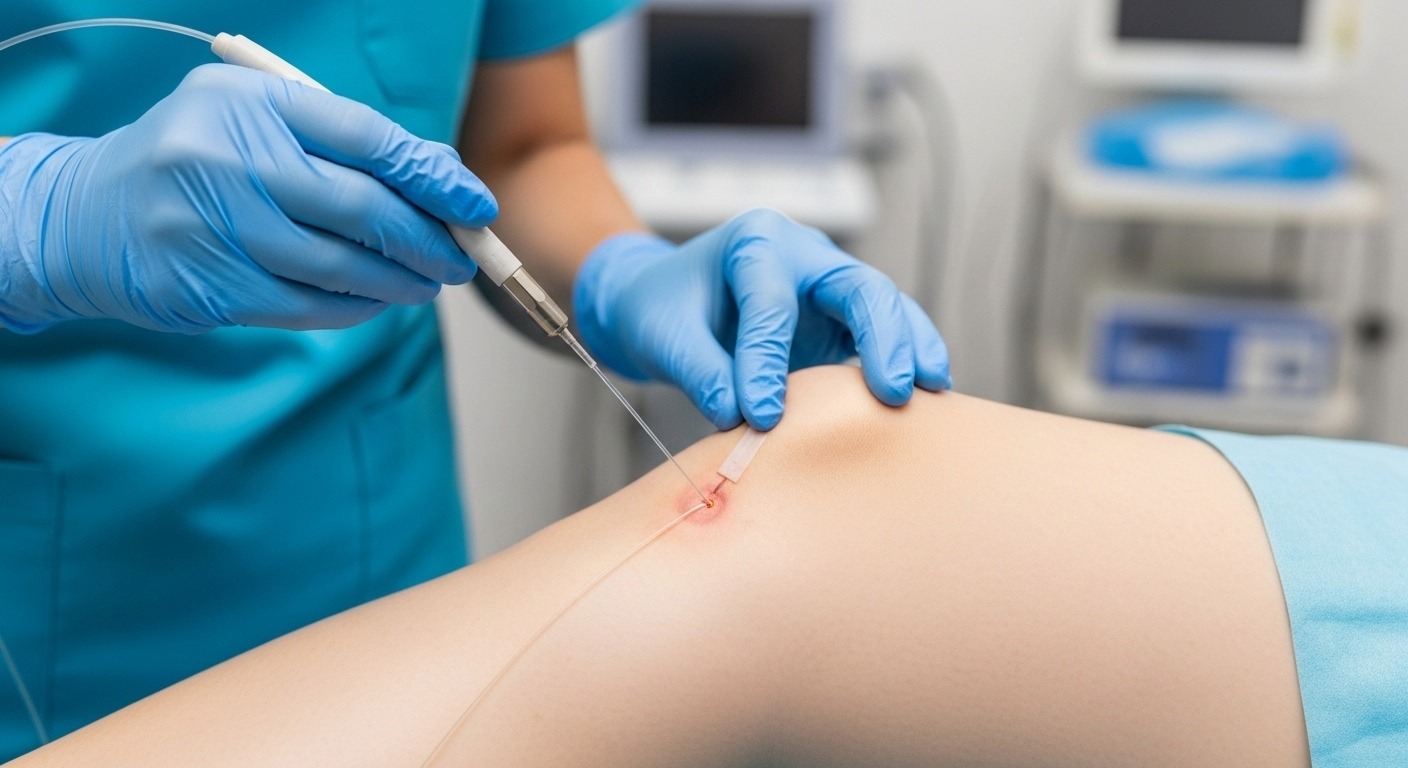Biopsy

Biopsy
Overview
A safe and accurate way to find out what’s going on inside the body.
An image-guided biopsy is a simple procedure where a small sample of tissue is
taken from an organ or mass (like in the liver, lung, kidney, or lymph nodes) to help
diagnose conditions such as infection, inflammation, or cancer.
The procedure is done using imaging (like ultrasound or CT scan) to guide a thin
needle exactly to the right spot. This ensures accuracy and avoids damage to nearby
tissues.
Why is it done?
Your doctor may recommend a biopsy if:
- There’s a lump or abnormal area seen on a scan
- A diagnosis is needed to guide treatment
- An infection or inflammation needs to be confirmed
What are the benefits?
- Quick and minimally invasive
- No need for major surgery
- Usually done under local anesthesia
- Very accurate with low risk of complications
- Most people go home the same day
What to expect:
- You’ll lie on a bed while the doctor uses imaging to guide the needle
- The area is numbed, so you’ll feel little or no pain
- A small sample is taken and sent for testing
- You’ll be observed for a short time afterward
This procedure helps doctors get the answers they need to plan the best treatment
for you.

